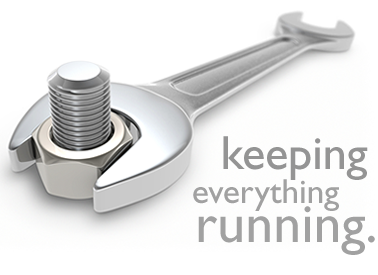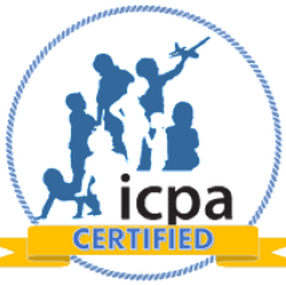Getting To The Cause
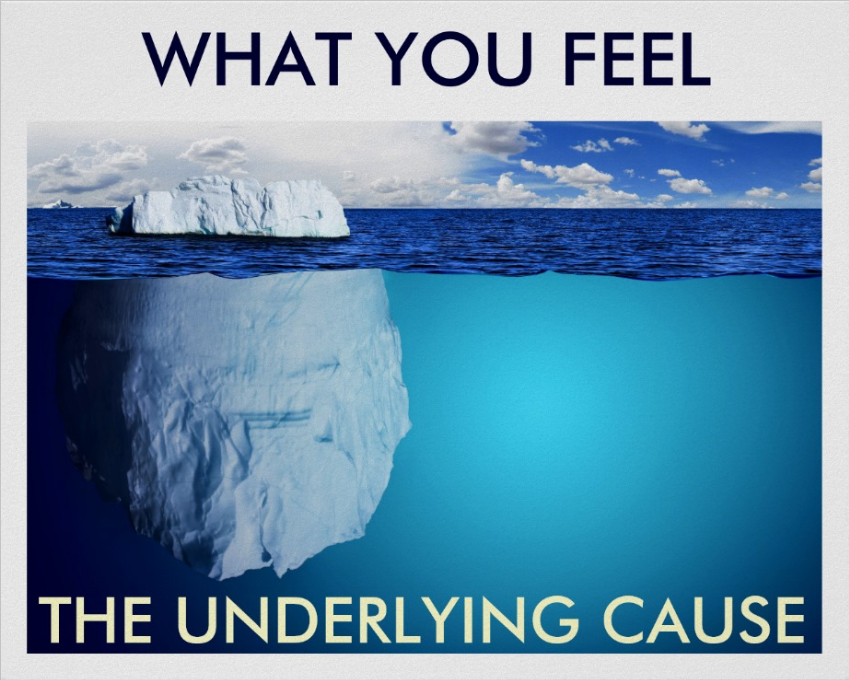
An image of a lowly iceberg. It looks so simple to simply steer around and bypass it on the way to smoother seas. But if our past was a good teacher, then we know that by only paying attention to the surface, we can miss a dangerous obstacle in the depths.
As long as we continue to exist in a healthcare system that only seeks to reduce symptoms, then we will continue to get the same results as those who only saw the tip of the iceberg.
Presently, however, physicians lack the training (and financial incentives) to help people learn how to eat healthy, exercise, stop smoking, avoid environmental toxins, or address the effects of structural abnormalities in the spine. So they continue to do what they know how to do: prescribe medication and perform surgery.
Our bodies are equipped with an incredible array of signals to let us know that something is wrong. Sometimes it comes in the form of a pain in the back, draining fatigue, or headaches. The purpose of these signals is to tell us that something is wrong, but it’s up to us to look within to identify the cause. Structural shifts of the spine that lead to neurological communication errors are often the underlying cause of some of the challenges that are preventing you from being your best.
Unless we look towards the body’s Innate healing capacity, and why it’s not operating at 100% full function, then we are missing the boat on the health challenges of millions of people. And there’s no amount of drugs, natural medicine, surgery, or insurance money that can save that ship from sinking.

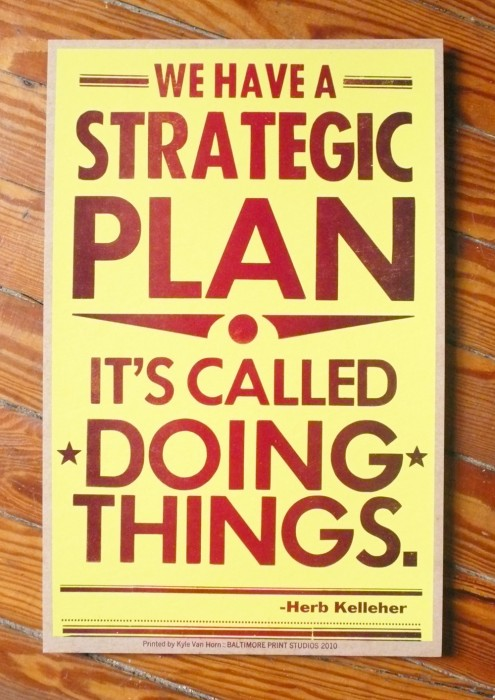

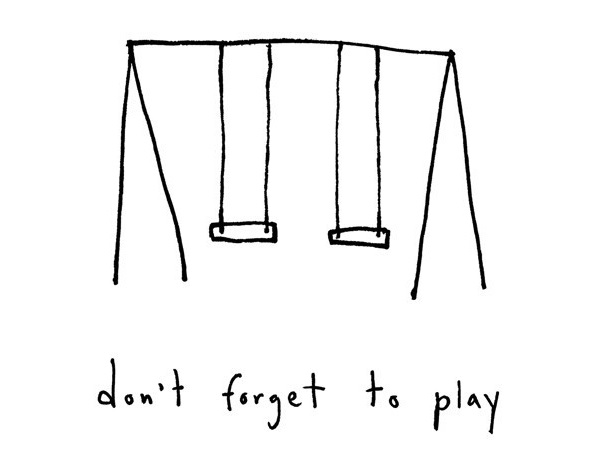 Experts have long studied the benefits of play for children (allows them to use their creativity while developing their imagination, dexterity, and physical, cognitive, and emotional strength). Play is important to healthy brain and social development. It is through play that children at a very early age engage and interact in the world around them. In his book
Experts have long studied the benefits of play for children (allows them to use their creativity while developing their imagination, dexterity, and physical, cognitive, and emotional strength). Play is important to healthy brain and social development. It is through play that children at a very early age engage and interact in the world around them. In his book 